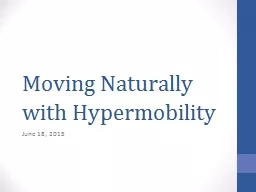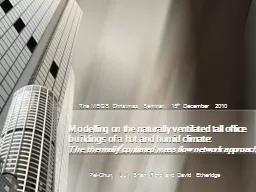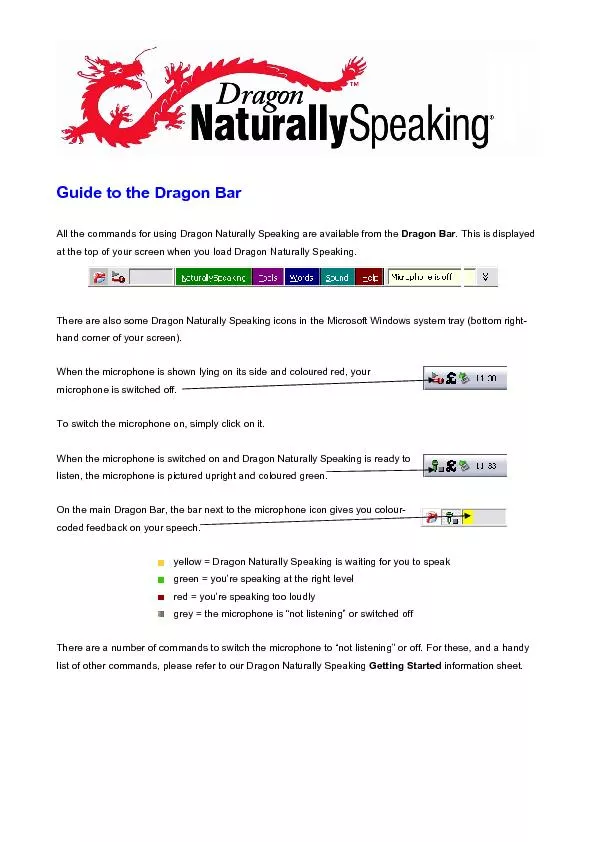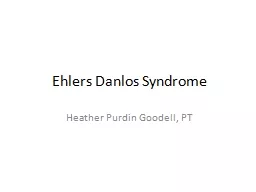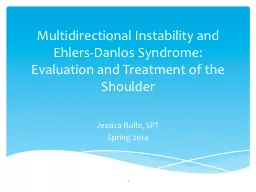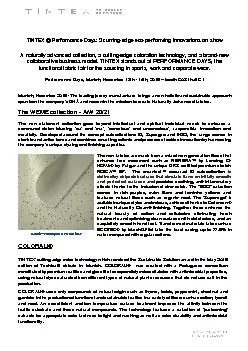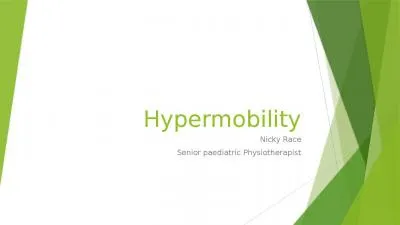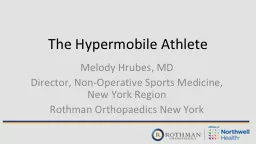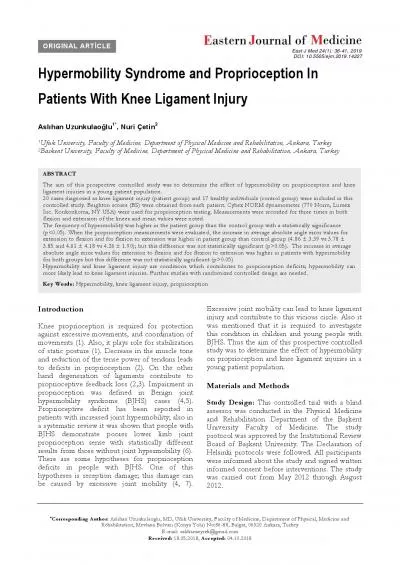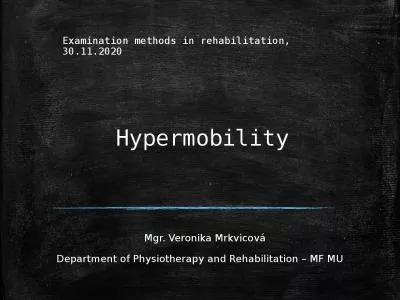PPT-Moving Naturally with Hypermobility
Author : briana-ranney | Published Date : 2017-08-15
June 18 2015 Outline Review of H ypermobility S yndrome EDS Affects on the musculoskeletal system Role of Exercise Role of Sleep Taking stress off of the
Presentation Embed Code
Download Presentation
Download Presentation The PPT/PDF document "Moving Naturally with Hypermobility" is the property of its rightful owner. Permission is granted to download and print the materials on this website for personal, non-commercial use only, and to display it on your personal computer provided you do not modify the materials and that you retain all copyright notices contained in the materials. By downloading content from our website, you accept the terms of this agreement.
Moving Naturally with Hypermobility: Transcript
Download Rules Of Document
"Moving Naturally with Hypermobility"The content belongs to its owner. You may download and print it for personal use, without modification, and keep all copyright notices. By downloading, you agree to these terms.
Related Documents

